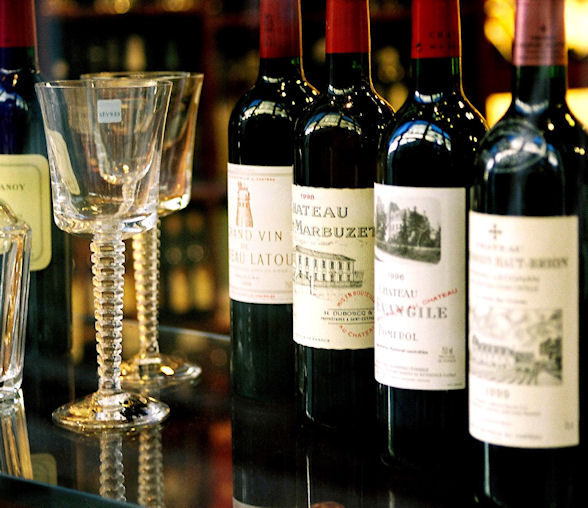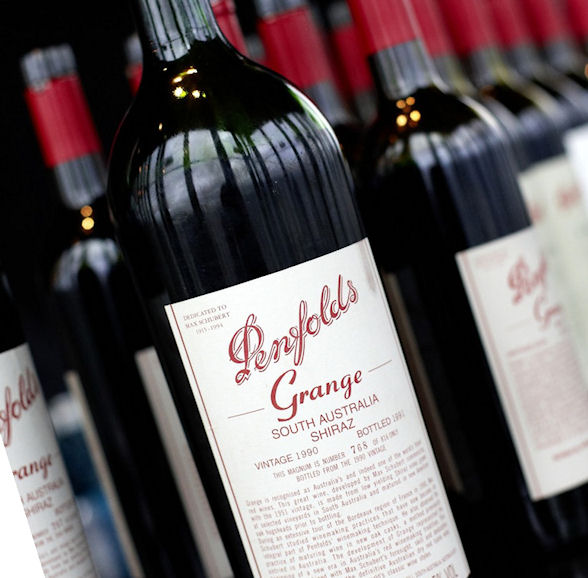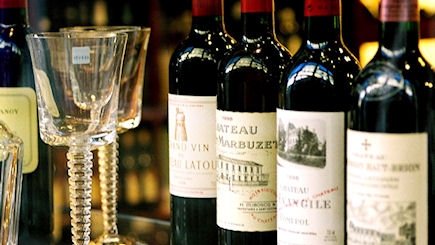This article first appeared in the Jul/Aug 2013 issue of World Gaming magazine.
The growth of China’s middle class has resulted in the world’s second largest economy increasingly discovering the joys of a good bottle of wine – and the great wine regions of the world are the winners. Leading the charge is Bordeaux, whose famous reds have not only seen a huge surge in demand from China but has even had Chinese investors swoop in to buy their vineyards. It seems this newfound love of wine isn’t slowing anytime soon.

Traditionally speaking, China has never enjoyed much of a wine drinking culture. Far more likely to sip on a beer or the local favourite baijiu, the only places you used to find imported wine was in the major cities – Beijing, Shanghai, Shenzhen and Guangzhou – and only then in foreign hotels and retailers.
But times are rapidly changing.
The speedy growth of China’s middle class over the past decade has seen the nation of 1.35 billion become a much more significant player on the world stage. This has had a major effect on many industries including the wine industry where China is experiencing the fastest growth in wine consumption on the planet.
It is France that is benefiting the most from this remarkable transformation amongst the Chinese people. China recently became the world’s largest importer of wine from Bordeaux – one of France’s most famous wine regions. And not content to simply drink the wine, Chinese investors have also purchased 30 French châteaux over the past four years with deals to purchase 20 more still in the works.
 Perhaps the most notable of these is wine estate Château Bellefont-Belcier, which was purchased by a Chinese industrialist late last year and was the first with “Grand Cru Classe” status to come under Chinese ownership.
Perhaps the most notable of these is wine estate Château Bellefont-Belcier, which was purchased by a Chinese industrialist late last year and was the first with “Grand Cru Classe” status to come under Chinese ownership.
But it is the smaller wineries, many of whom are as eager to sell as the Chinese are to buy, that have been most popular. Aside from the obvious opportunities for profit, the reasons for the rapid buy-up range from credibility and prestige to a simple public relations opportunity with the new Chinese owners embracing the chance to host clients in the stunning French surrounds.
Thanks largely to the interest from China, wine sales have boomed in Bordeaux despite the Eurozone crisis continuing to put the squeeze on any number of industries across Europe. In 2012, wine sales in Bordeaux rose 10 percent in value, with revenues totalling US$5.7 billion. In total, China and Hong Kong combined consumed 71 million bottles of Bordeaux wine last year – 10 percent of production and roughly double as much as Germany, their nearest competitor for Bordeaux imports.
China’s love of a good drop has seen them become the fifth largest market for imported wine in the world, with imports having tripled in less than four years. Between March 2012 and March 2013, imports grew by 11 percent to 414 million litres of wine valued at US$1.64 billion.
The Chinese also rank third when it comes to the average price they pay per bottle, behind only Hong Kong and Switzerland.
While France and Bordeaux in particular is benefiting from China’s newfound appreciation of fine wine, the trend can also be seen in other markets across the globe with Australia enjoying similar benefits over the past few years.
In fact, Australia continues to see a much sharper growth in the volume of wines being exported to China than France, even though those exports only account for a quarter of what France ships off to the east.
Incredibly, while French exports to China rose by only one percent last year, Australian exports jumped by a massive 33 percent! Not only that, Australia sits at the top of the tree when it comes to the average price the Chinese pay per bottle.
The increased interest in Australian wine is having more obvious effects on the ground, where in April this year Australia hosted 32 of China’s leading wine importers, distributors, retailers and wine media as they explored some of the country’s most famous wine regions.
The idea was to give them the chance to learn about these regions first-hand while building Australia’s reputation for producing quality wine.
Willa Yang, Wine Australia’s Regional Manager in China, said the visit gave the Chinese visitors “the opportunity to experience the regionality and quality of our wines, to help them positively promote Australian wines on their return home”
“Many of these visitors sell premium, branded Australian wine and are passionate to learn more, boost their sales and expand their distribution.”
Australia’s reputation for producing high quality red wine has proved particularly handy given that reds are easily the most popular wine consumed in China, with well known wineries such as Penfolds and Jacob’s Creek doing a roaring trade. At present it is estimated that 800 of the 1400 Australian wineries that export, do so to China.
Much like in France, Chinese investors have also begun buying up Australian wineries and vineyards both to sell Australian wines themselves and to bolster their own Chinese brands.
Among those already owned by the Chinese are Capercaillie in the Hunter Valley, the Wynwood and Ross estates in the Barossa and Ferngrove in Western Australia.
In January this year, representatives of China’s largest food company, COFCO, toured the Barossa Valley in South Australia with a view to buying a winery to market under their Great Wall label. This would provide yet another potential boom for the industry given that Great Wall sells around 10 million cases of wine per year.
COFCO’s move into the Australian market is part of their grand plan to buy wineries from top wine regions across the globe and they already own wineries in both France and Chile. With Spain, Italy and the USA the other major sources of imported wine in China, don’t be surprised if the trend continues in each of those countries.

Penfolds Grange is Australia’s most iconic wine
The figures surrounding China’s rapidly increasing thirst for wine are remarkable and much like the gaming industry in Macau, this latest indulgence shows no signs of slowing down.
Much of this growth has been spurred on by the rise of the Chinese middle class which current estimates place at around 150 million people but that is tipped to grow to around 400 million by 2020 and a billion by 2030!
It looks like the Chinese will be enjoying a tipple for many years to come.







